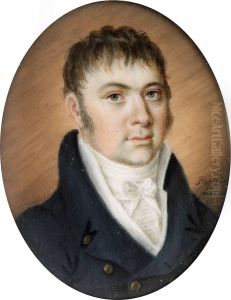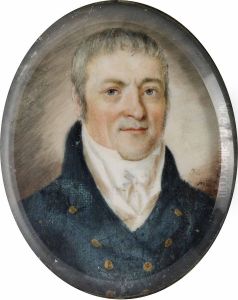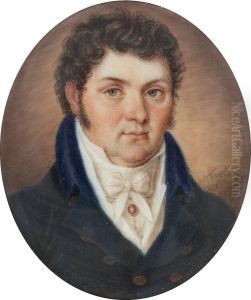Salomon Hofling Paintings
Salomon Hofling was a Swedish artist whose career spanned much of the 20th century, leaving a significant mark on Swedish modern art. Born in 1902, Hofling's early life was set against the backdrop of a rapidly changing Europe, which would come to influence his artistic direction. His work, although not as widely recognized internationally as some of his contemporaries, played a critical role in the development of modernist movements within Sweden.
Hofling's artistic journey began in earnest in the 1920s, when he attended the Royal Swedish Academy of Fine Arts in Stockholm. Here, he was exposed to a range of artistic styles and philosophies, which would inform his eclectic approach to art-making. Throughout his career, Hofling experimented with various mediums and techniques, including painting, printmaking, and sculpture. His early work was heavily influenced by the natural landscapes of Sweden, characterized by a deep appreciation for the beauty and variability of the Scandinavian countryside.
As Europe moved towards and then through the Second World War, Hofling's work began to reflect the tensions and anxieties of the time. His later pieces often incorporated more abstract elements, experimenting with form and color in ways that mirrored the broader shifts towards abstraction in European art. Despite this, his work always retained a distinct sense of place, often drawing on Swedish themes and landscapes.
After the war, Hofling's reputation continued to grow within Sweden. He participated in numerous exhibitions, both solo and group, and his work was increasingly recognized for its contribution to Swedish modernism. Hofling was also a dedicated teacher, spending a significant portion of his career educating the next generation of Swedish artists.
Salomon Hofling passed away in 1982, leaving behind a legacy that has continued to be celebrated in Sweden. His work is represented in several Swedish museums and galleries, and he is remembered as a key figure in the development of 20th-century Swedish art. Hofling's career reflects the broader currents of European modernism, yet his work remains distinctly rooted in the landscapes and cultural heritage of Sweden.


